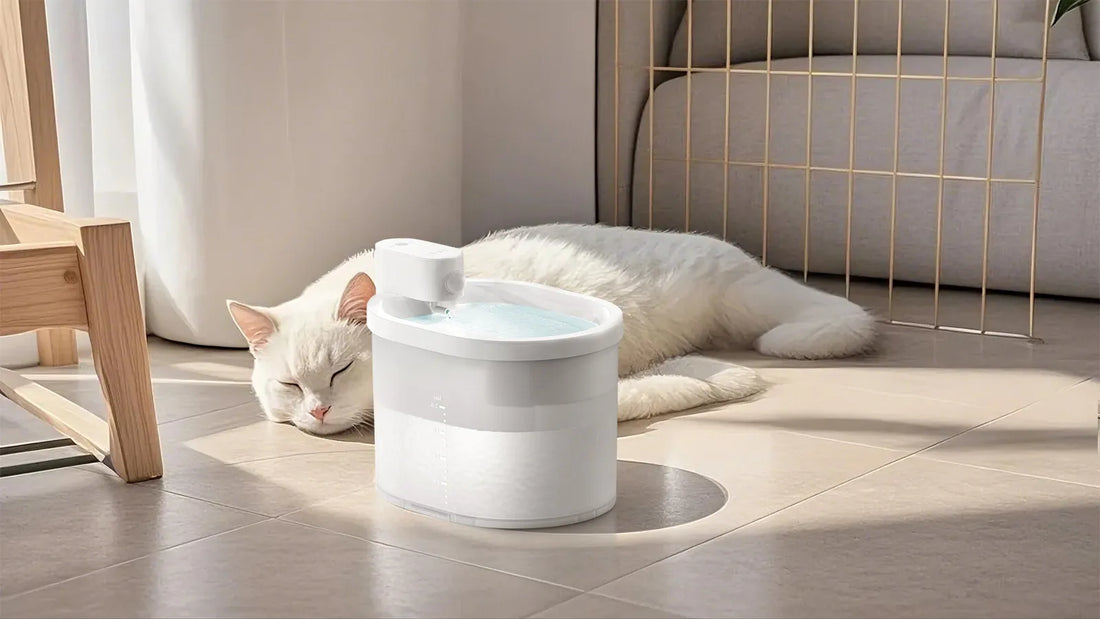Does your dog turn up its nose at mealtime, leaving you frustrated and worried? You're not alone. Many pet parents face the challenge of dealing with picky eaters. The good news is that a dog bowl for picky eaters might just be the solution you've been searching for. This guide will explore how the right bowl can make a world of difference, ensuring your furry friend gets the nutrition they need.
Understanding Picky Eaters in Dogs
Picky eating in dogs can stem from various factors, including health issues, boredom, or even the type of food being served. However, the bowl you use can also play a significant role. A dog bowl for picky eaters is designed to address specific challenges, making mealtime more appealing and enjoyable for your pet.
Key Features of a Dog Bowl for Picky Eaters
When choosing a bowl for a picky eater, there are several features to consider. These include:
- Material: Stainless steel, ceramic, or silicone bowls are often preferred for their durability and ease of cleaning.
- Design: Elevated bowls can improve posture and digestion, while shallow bowls are ideal for dogs with flat faces.
- Functionality: Some bowls come with built-in features like slow feeders or puzzle elements to make eating more engaging.
Benefits of Using a Specialized Dog Bowl
A dog bowl for picky eaters offers numerous benefits, including:
- Encouraging Eating: The right bowl can make food more accessible and appealing, encouraging your dog to eat.
- Improving Digestion: Elevated bowls can aid in digestion by reducing the strain on your dog's neck and esophagus.
- Reducing Boredom: Interactive bowls can stimulate your dog's mind, making mealtime more enjoyable.
Tips for Transitioning to a New Bowl
Switching to a new bowl can be a big change for your dog. Here are some tips to make the transition smoother:
- Gradual Introduction: Start by mixing the new bowl with the old one, gradually increasing its use.
- Positive Reinforcement: Reward your dog with treats or praise when they eat from the new bowl.
- Patience: Give your dog time to adjust to the new bowl, as it may take a few days or even weeks.
Common Mistakes to Avoid
When dealing with picky eaters, it's easy to make mistakes that can exacerbate the problem. Avoid these common pitfalls:
- Overfeeding Treats: Too many treats can spoil your dog's appetite for regular meals.
- Frequent Food Changes: Constantly switching foods can confuse your dog and make them even pickier.
- Ignoring Health Issues: If your dog's picky eating persists, consult a vet to rule out underlying health problems.
How to Clean and Maintain Your Dog Bowl
Keeping your dog bowl clean is essential for your pet's health. Here's how to do it:
- Daily Cleaning: Wash the bowl with warm, soapy water after each meal.
- Deep Cleaning: Once a week, use a pet-safe disinfectant to thoroughly clean the bowl.
- Inspection: Regularly check the bowl for cracks, chips, or wear and tear, and replace it if necessary.
When to Consult a Veterinarian
While a dog bowl for picky eaters can help, it's important to know when to seek professional advice. If your dog's eating habits don't improve or if they show signs of illness, such as weight loss or lethargy, consult your veterinarian immediately.
Ready to transform your dog's mealtime experience? A dog bowl for picky eaters could be the game-changer you need. With the right bowl and a bit of patience, you can ensure your furry friend stays happy, healthy, and well-fed. Don't let picky eating stand in the way of your dog's nutrition—take the first step today!













